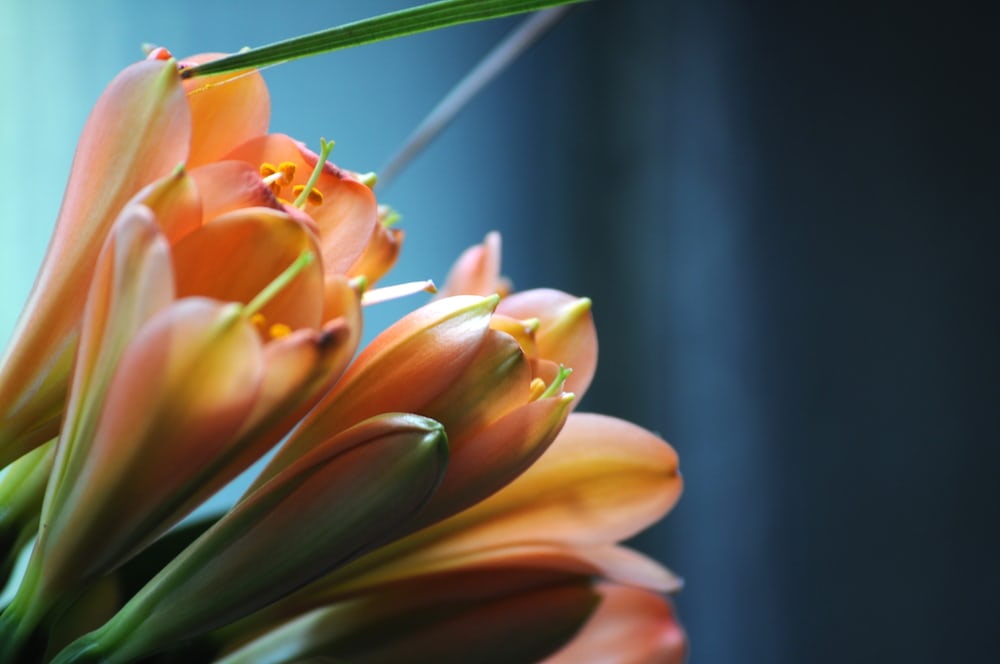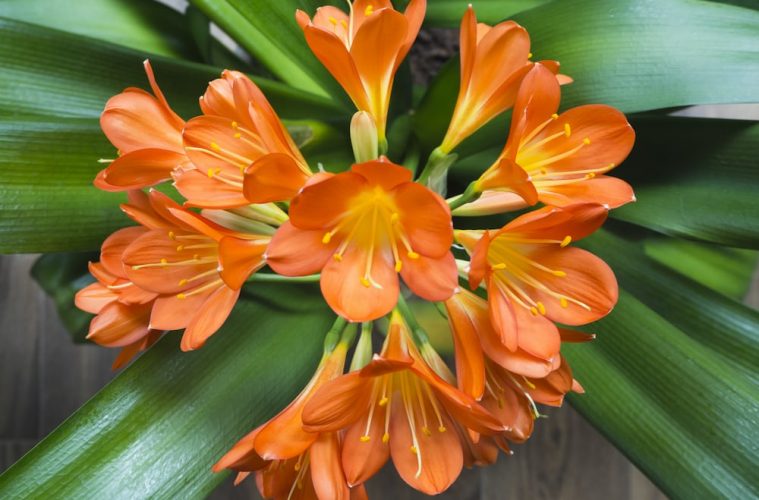Interspecific clivias are bred from crosses between different clivia species. These new clivias types are exciting and unusual. Carrie Kruger of Utopia Clivias and the Clivia Society tells us more about these beautiful hybrids.
The vibrant orange and yellow blooms of clivias are a welcome sign of spring in many gardens. And now, thanks to the creativity and passion of breeders, the trend of creative crosses with the six different clivia species has resulted in interspecific hybrids, offering a new selection of these striking plants.
Benefits of planting interspecific clivias

Image credit: Unsplash
- These plants multiply well.
- They are robust, fast-growing and more resistant to pests and diseases.
- They have a longer flowering period. These interspecific types predominantly flower from June to August.
- There are some that produce another flower stem in another season such as ‘Star Green’ and ‘Jungle Bells’. Some varieties may even produce around two or three flowers a year.
- They offer great diversity of flower forms with new flower shapes and umbels, such as semi-pendulous flowers. An example is the trumpet-shaped flowers in ‘Secret Strawberry Parfait’.
- They develop different leaf combinations such as ‘Light of Rose’
- They offer new colours and combinations in flowers such as those in ‘Jingle Bells’ as well as the multi colours of ‘Star Green’.
Coined the ‘new age of clivia breeding’ by clivia grower Carrie Kruger, they affirm that this breeding of interspecific clivias has an advantage: these hardier hybrids will be more readily available for you to grow in your garden.
“When colour mutations, leaf variations, and other variations within the six species – Clivia caulesens, C. gardenii, C. miniata, C. mirabilis, C. nobilis and C. robusta – are taken into consideration, an endless array of breeding possibilities exists,” says Carrie.
As such, many growers believe that the future of clivias lies hidden in these genetics. And that there is considerable potential for further development of clivia.
These plants can flower anytime between May and September annually, with the main flowering time being in July.
Also see: The secret to growing nasturtiums
Featured image: Unsplash
Excerpt from the July 2022 edition of SA Garden&Home Magazine

